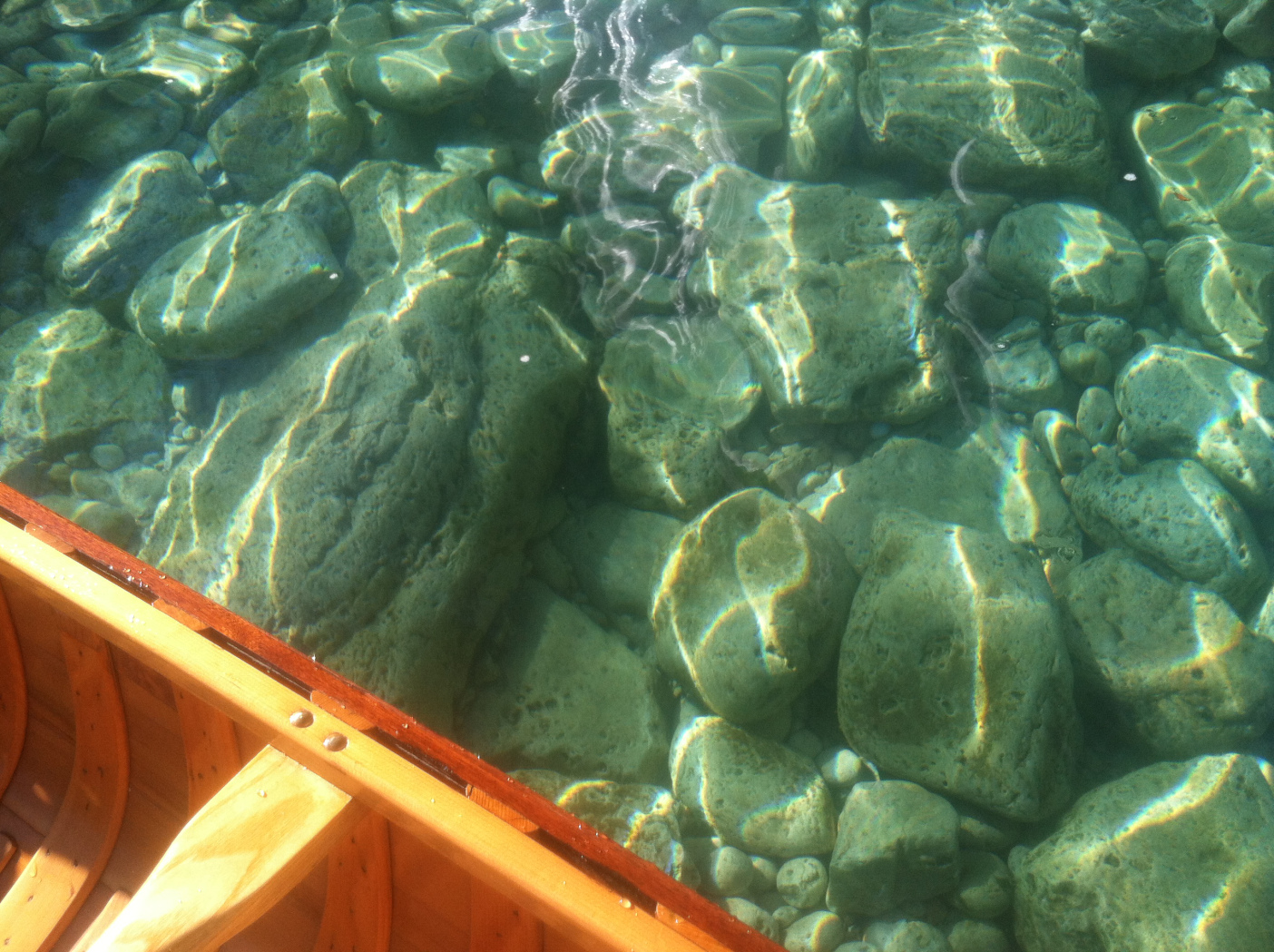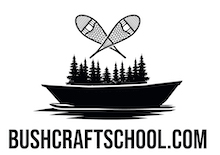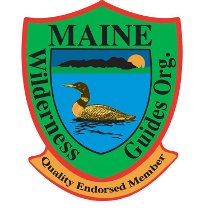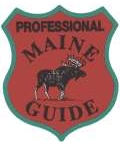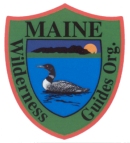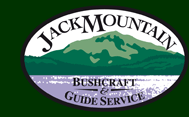A bunch of years back I gave a presentation on sustainability in outdoor education at the Wilderness Educators Association conference (Read our paper here: https://www.outdoored.com/articles/asap-20-sustainable-possible). Our small group was proposing a model to help improve and correct some of the environmental problems inherent with most modern outdoor pursuits (think burning white gas for camp stoves) while also harpooning Leave No Trace dogma and exposing the unintended negative side effects of that program, namely that LNT promotes the consumption of gear that either in production or in use adds to the decline in the health of our global ecosystem while also impacting local ecosystems and economies in developing countries (More on that idea: http://www.jackmtn.com/PDF/Hole_In_The_Woods.pdf). It struck us as a problem small enough and that we knew enough about that we could at least enact a modicum of change and, given the audience at the conference, that the idea would be an easy sell, after all these were outdoor professionals whom most I’d imagine have/had a deep love for Nature. Yeah, not so much. There were a handful of folks who thanked us for saying what needed to be said, but the majority were cold to the idea that they needed to rethink how their passions were adding to the destruction of someone else‘s backyard just so they have a gnarly time or leave no trace in theirs. Oh, well, you throw a bunch of darts and all you can do is hope that a few will stick.
The reason I dug into history to share that story is that recently I unearthed my copy of Richard Louv’s Last Child in the Woods, and it was Louv who delivered the keynote speech at that WEA conference so many years ago. Looking over my highlighted, bookmarked, dogeared and well traveled copy it becomes clear that since that time (2005) some people have recognized the growing problem of Nature Deficit Disorder in children and have changed either their own lives or that of their communities they live in t0 make way for more interaction with the natural world. Proof can be seen in the opportunities made possible for kids to get outdoors in the form of outdoor organizations and civic programs, the recognition of the link between healthy childhood developement and a direct relationship with Nature, the incorporation of nature based studies in public schools, a resurgence in creating outdoor play areas for children while also loosening neighborhood covenants to allow for tree house building and other pillars of childhood. The impact of Louv’s book reminds me of the effect Michael Pollan’s book The Omnivore’s Dilemma had on our nation’s eating literacy. But just like the fact that Big Macs are still on the menu for millions of Americans, on whole the issues brought about by our increasing distance from Nature are only getting worse, or in Louv’s term, the nation’s occurrence of Nature Deficit Disorder is reaching pandemic levels. He describes NDD as “The human cost of alienation from nature, among them: diminished use of the senses, attention difficulties, and higher rates of physical and emotional illnesses.” What’s amazing to me is that he wrote this just before the technological boom that put smart phones and gaming platforms in the hands of everyone, everywhere, adults and children alike.
To tone down the “end is nigh” mood, our kids are still getting experiences with Nature, I mean it is hard not to since Nature is everywhere, but the problem we are increasingly facing now is that kids aren’t getting a quality experience with Nature like we used to. There is a canyon of difference in terms of what we experience between walking down a suburban sidewalk in suburban Madison Wisconsin (what can be seen as a level 2 Nature experience) versus hiking on a back country trail in Yellowstone National Park (a level 1 Nature experience). Do you get the same experience seeing a Chihuahua (once a wild dog) as when you see a wild wolf? How about a bear behind bars at a zoo versus a bear face to face with you in the woods? Or a less threatening example, walking through a manicured city park or through Yosemite? There is Nature in all those examples, but it is hard to argue the authenticity of the untrammeled wild versus the confined.
Making the problem worse is that the fix for NDD by many people and communities is to create simulated Nature experiences, either in the form of city parks, zoos or nature centers instead of nourishing interaction with the few remaining wild places we have. While I am not going to bad mouth nature centers or other surrogate forms of Nature as they are great opportunities for kids and adults to ignite a passion for experiencing or learning about the outdoors, they should never be seen a valid replacement for wild Nature. Even some of our wilderness areas (smaller ones mostly) are not representative of what they should be says Jack Turner in The Abstract Wild, seeing how most “lack their natural predators” and “are so small that a strong hiker can cross them in a day.” While there is ecological value in smaller wildernesses areas, we need vast Nature, Nature so grand it can eat you up if you’re not careful.
We as humans crave authenticity, but when it comes to recognizing authentic Nature from that which is created most fail at discerning fact from fiction; unable to distinguish wild nature from that which is a created, maintained, and organized simulacra, a simulation of the real deal. Of course over 98% percent of North America has been altered by the hand of man, so I don’t want to seem like I’m talking about wilderness that is changed compared to wilderness that is somehow “untouched by man” or what William Denevan called the “pristine myth,” but I don’t think anyone who has spent time in any of our larger wilderness areas would argue with the fact that while you can hear wolves on the TV they don’t give you chills like the ones I heard howling outside my backdoor last night.
This is nothing new. Back in the mid 1930’s John Dewey wrote in his book Experience and Education that “Everything depends on the quality of the experience which is had.” What constitutes for nature experience these days is what is seen on TV or other electronic media, which does indeed supplement our understanding of the natural world but can never replace first hand experience. Dewey goes on to say “Observation alone is not enough. We have to understand the significance of what we see, hear, and touch. The significance consists of the consequences that will result when what is seen is acted upon.”
Yellowstone National Park is a busy place in the summer months seeing over 4 million visitors in 2014, but of those 4 million most never even leave their cars or a thin band of land along the roadways (“84% of visitors surveyed said they were sightseeing of taking a drive” claims the NPS website), and those that do venture farther afield have an increasingly hard time not getting gored by bison or mauled by bears. Many of those visitors just don’t seem to be able to comprehend the consequences of approaching too close to the bison or other large animals of the park, or they don’t see, like Dewey said “the consequences that will result when what is seen is acted upon.” It is the same as when I was 4 years old, surly I didn’t see the consequence of testing to see if a stove burner was on by touching it (thanks mom for that lesson). But these aren’t little kids getting hurt by wild animals, they are fully functioning adults that are making the same mistakes as children and I feel this is more than just stupidity, it’s partly our culture’s obsession with neoteny, or the carrying on of juvenile traits or characteristics into adulthood. We value youth so much we are willing to inject rat poison in our faces to appear younger, we breed dogs to look like puppies and we treat our elderly like an obligation instead of a resource. The result of this obsession transcends appearance and has bled through into the delayed development of our personalities, maturity and intelligence, keeping the child/adult arrested in an adolescent stage even though it periodically gets us trampled by bison.
I don’t necessarily blame the person who takes a selfie 4 feet from a 1000 pound bison. I may mockingly chortle self-righteously at their at their complete incomprehension of the natural world, but if all they’ve ever seem or heard about bison is from behind a sheet of glass or computer screen, then their concept of reality is limited to artificial experience and just doesn’t allow for direct interaction and therefore the sometimes subsequent direct consequences. It is like author Laurence Gonzalez wrote in his book Deep Survival, we understand the world through a “mental framework” and anything that exists outside of that framework is essentially only theoretical in nature. Another way of looking at that idea is like this: Let’s say you’ve only seen grizzly bears on TV. Never once in your years on Earth has a grizzly bear hurt, injured, maimed, charged or otherwise inflicted on you any degree of pain, fear or discomfort. You therefore build into your mental framework, or your understanding of the world, that bears are harmless because they have never harmed you in the past.
Now, you probably know through anecdotal information that grizzly bears are quite to the contrary, but that is superficial information (data) compared to the wiring of your brain (experience). So when you go to Yellowstone and see a grizzly bear you may be thinking that it is indeed a wild and scary animal, but you don’t have any model in your brain giving you actual knowledge of that animal, knowledge that for most people only comes through first hand experience. Now of course some people can make the leap from superficial data in the moment to action, but obviously not everyone can. That is our problem these days: our kids have a superficial idea of Nature but they are lacking any first hand experience and unfortunately most of them are bound to be mauled by bears, so to speak. Or in another way, they are bound to keep our culture’s policy of ecological degradation on track, not because they don’t understand the consequences, but because they just can’t relate.
So what do we do? Well, going back to the bear problem, what would you say is the solution there? Problem: people go to Yellowstone and get mauled by bears because they’ve never had any first hand experience with bears. Solution: give them the time to experience bears (in a safe way of course) so that when they are put in the position where they need to make decisions that will have life or death consequence they will be better prepared to make an educated decision. So with our kids, well, we need to do the same. Do we want to have our next generation of policy makers dictating the future of the country based on observational experience or data alone? I personally don’t anymore than I’d want a pilot who had learned how to fly by reading books instead of logging his flight hours. I want those people who are directing the course of this country and beyond to have a sound, first hand understanding of the natural world.
